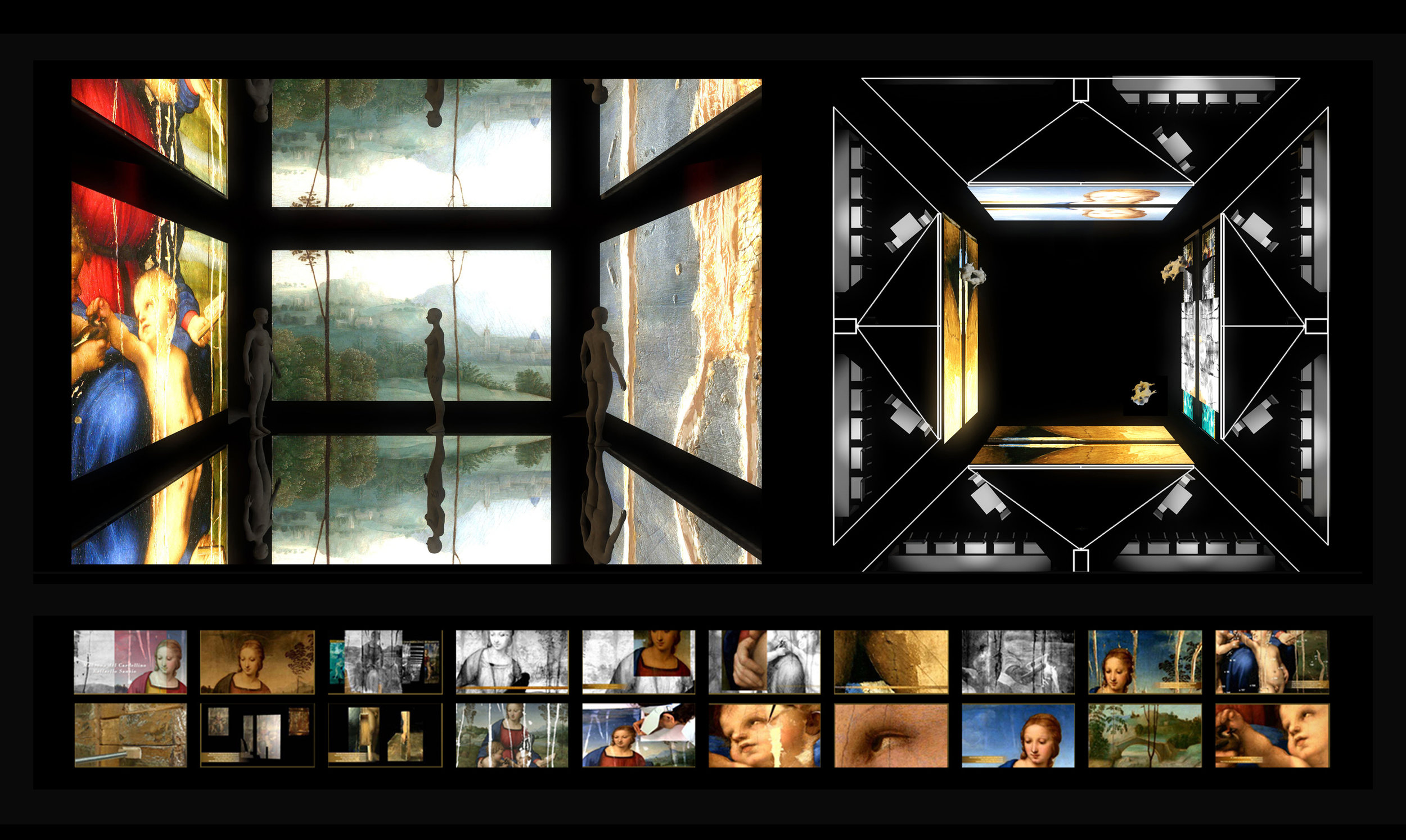
WHAT WE DO
Our Mission
Cultural Heritage encapsulates a multiplicity of information about human beings which we can access using multidisciplinary approaches oriented towards reciprocal synergy. Our idea is to investigate the relationship between visitors and works of art in a technologically augmented perception environment. The potential for increasing knowledge in this field using multidisciplinary techniques is vast. Our projects represent a contribution to the drafting of a study protocol for further exploration.
We believe that works of art are magic: It is the task of those involved in the transmission of Cultural Heritage to ensure that the magic is preserved and ultimately transformed from experience into knowledge.
The aim of our projects is not to substitute for or replace the original work of art but to supplement aesthetic, historical and philological studies relating to art and its genesis by directing attention to the response of the observer in relation to aesthetic experience.
Our research is essentially oriented toward two objectives:
A) Making a better connection between visitor and artwork, taking into account location, setting, and available scientific augmentation, and
B) Establishing methodologies for measuring this relationship by collecting and using physiological and cognitive data realized during augmented reality environment studies.
Click to enlarge
Recent studies demonstrate the advantages of setting the viewer at the centre of the communication process, reducing the effect of museum fatigue.
In one pioneering study, digital technology was used to reproduce the entire ceiling of the Luca Giordano Gallery on the floor beneath it so that subjects could “walk” on the masterpiece and experience it in a depth of detail usually available only to restorers and art professionals (In the Mirror of the Wonder of Luca Giordano). The physical and emotional reactions of the participants –pulse rate, respiration, muscle tension, blood pressure, brain map, a host of physical parameters– were monitored by wireless technology worn by the subjects, who were also evaluated in qualitative studies before and after the viewing experience. The hard data of their psychological and emotional involvement with the painting, modulated with the latest findings in cognitive science –including the discovery of mirror neurons and studies in emotional intelligence– enabled an interdisciplinary team to elaborate parameters for future research and offered suggestions for the design of virtual and real museum layouts.
Click to enlarge
Digital Heritage*, defined as "the application of computing for Cultural Heritage purposes" is a scientific field whose origins date back less than 50 years.
Parallel studies* have demonstrated that on leaving a museum the majority of visitors recall little or nothing of what they have seen –unless they had planned to see a specific work (see Museum Fatigue syndrome*). By contrast, visitors who took part in our study the Procession in Time Through to the Splendour of the Interior Epiphany retained a significant memory of their aesthetic experience for a considerable period of time; some participants said that their way of relating to a work of art had changed. These results hint at the possibility of fruitful outcomes for scientific research combining the acquisition of psychophysiological data with transdisciplinary analysis. They also hold out the promise of practical findings in the study of benchmark parameters for the design of virtual and real museum layouts.
In Summary
Our Mission is:
To explore and define the optimal intuitive interaction between art and observer.
To optimise and amplify the interaction between human beings and their art.
To pursue research and develop tools for enhancing the perception and appreciation of art.
To map out new paths that can foster an experience of individual growth and development through interaction with art.
